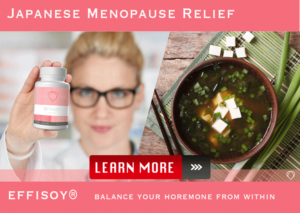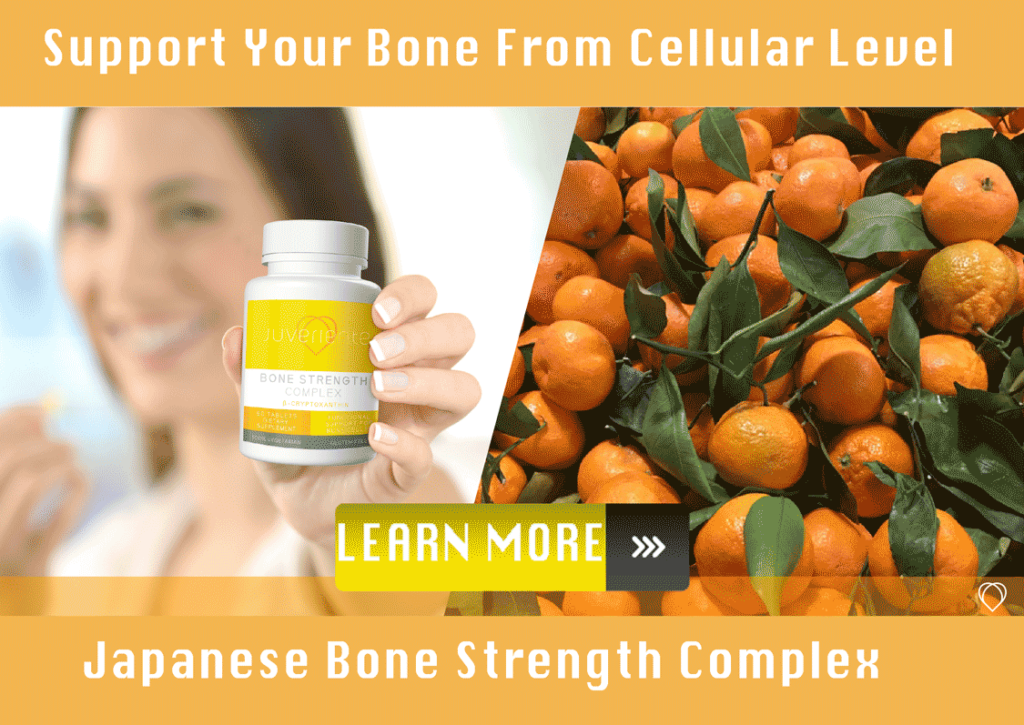Today we will discuss about osteoporosis focusing on senile osteoporosis symptoms. What are the differences from other types and how can you prevent and treat?
What is osteoporosis
In a disease where bone density decreases, bones gradually become brittle and prone to fractures. It is osteoporosis. There are two types.
The first type is primary osteoporosis. There is no specific cause, just functional bone formation and resorption abnormalities.
There are three types of primary osteoporosis.
(1) Postmenopausal osteoporosis
(2) Senile osteoporosis
(3) Idiopathic osteoporosis
Osteoporosis in older women is a mixture of two components: postmenopausal osteoporosis and senile osteoporosis.
The second type is secondary osteoporosis. It happens upon another underlying disease.
About senile osteoporosis
A deficiency of estrogen, the primary female hormone, causes postmenopausal osteoporosis. Estrogen works in women’s bodies to regulate calcium uptake into bones. Postmenopausal osteoporosis usually affects postmenopausal women between the ages of 51 and 75, although it can occur earlier or later in some women.
On the other hand, we think senile osteoporosis is caused by age-related calcium and vitamin D deficiency and an imbalance between bone resorption and bone formation. It usually affects people over 70 and is twice as common in women as in men.
Senile osteoporosis symptoms
(1) The most significant difference in senile osteoporosis is not in the symptoms but the age when it happens. That is, the aftermath of possible bone fractures. Once a fracture occurs, it may force long-term rest, leading to “bedridden.” for older people. (Falls are the most common cause of bone fractures in them!)
(2) The symptoms are almost the same as other osteoporosis. The loss of bone density progresses very slowly. For this reason, there are no symptoms in the early stages of osteoporosis, and even as the disease progresses, subjective symptoms may not appear at all. When bone density decreases and bone deformation or fracture occurs, sudden intense pain, gradual aching bone pain, and body deformation appear.
In long bones such as arms and legs, the epiphysis (base of the bone) is fractured rather than the center of the bone.
In the spinal column (vertebrae), fractures are more likely to occur from the middle of the back to the lower back. The spine is particularly prone to fractures due to osteoporosis.
Prevention of senile osteoporosis
Prevention works much better than treatment for osteoporosis in most cases. You should maintain and increase bone density to prevent osteoporosis by; taking adequate amounts of calcium and vitamin D, engaging in weight-bearing exercise, and, in some people, taking drugs.
Estrogen replacement therapy helps women maintain bone density.
This treatment is most effective within 4-6 years after menopause, but it will work even later.
The decision to implement estrogen replacement therapy after menopause is complicated. This treatment has side effects and risks. It increases the risk of developing uterine cancer and slightly increases the risk of breast cancer.
Taking progesterone with estrogen reduces the risk of developing uterine cancer. However, the risk of developing breast cancer does not change.
Natural supplements for senile osteoporosis symptoms
Hormone replacement therapy and osteoporosis medicines may be too strong. On the other hand, natural supplements help women of any age without reverse effects because they are only from foods. We, Juveriente®, recommend you two types of our natural supplements to address senile osteoporosis.
Bone strength complex made from Satsuma mandarin orange
Juveriente®’s Bone Strength Complex has gained a lot of voices of joy since its launching in 2016.
The main functional ingredient is simply an extract of a Japanese popular citrus fruit!! Needless to say, it is better to try a natural food before jumping to strong medicines.
If you like to try multi-vitamin supplement, how about adding the natural bone therapy fruit extract with Juveriente® Bone Strength Complex?
Please learn details in our product page.
A natural hormone balancer
Juveriente®’s Effisoy, launched in 2016, based on fermented soy bean germ extract has been loved as a natural menopause relief since its launching in 2016.
Its primary function is to boost the weakened synthesis of a hormone precursor, DHEA. It’s safe as it only heals the natural synthesis function. This product has gained a lot of happy reviews as a menopausal symptoms reliever. But it also helps you after menopause because it boosts natural hormone synthesis and balances necessary hormones for people of any age.
Here are some of the real product reviews in our Amazon shop.
“Restful sleep finally!!”, “I Am Now Free of Hot Flashes!!”, “Lifesaver”



